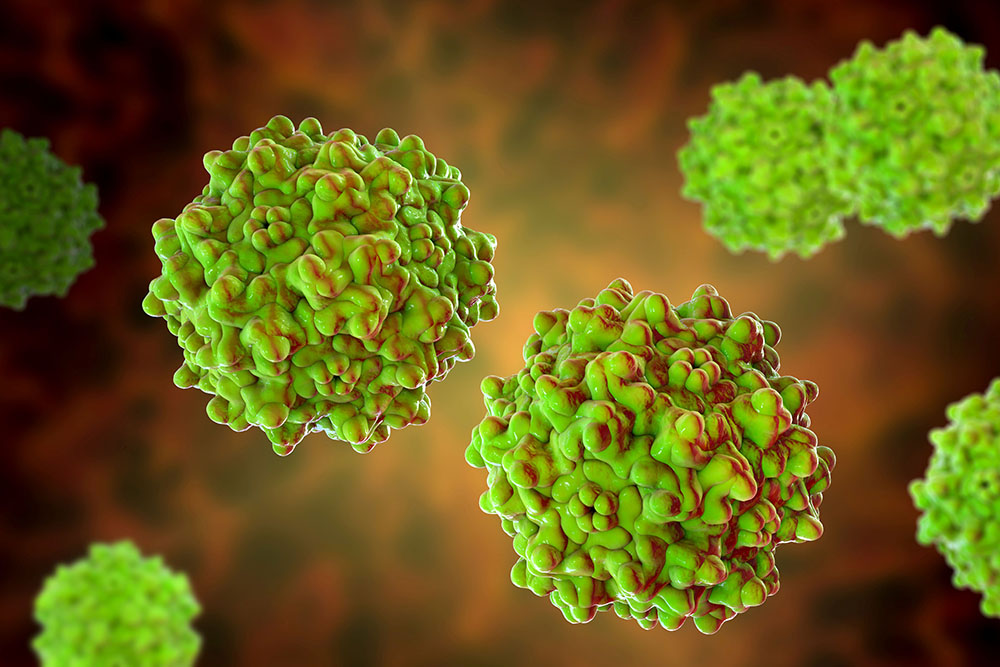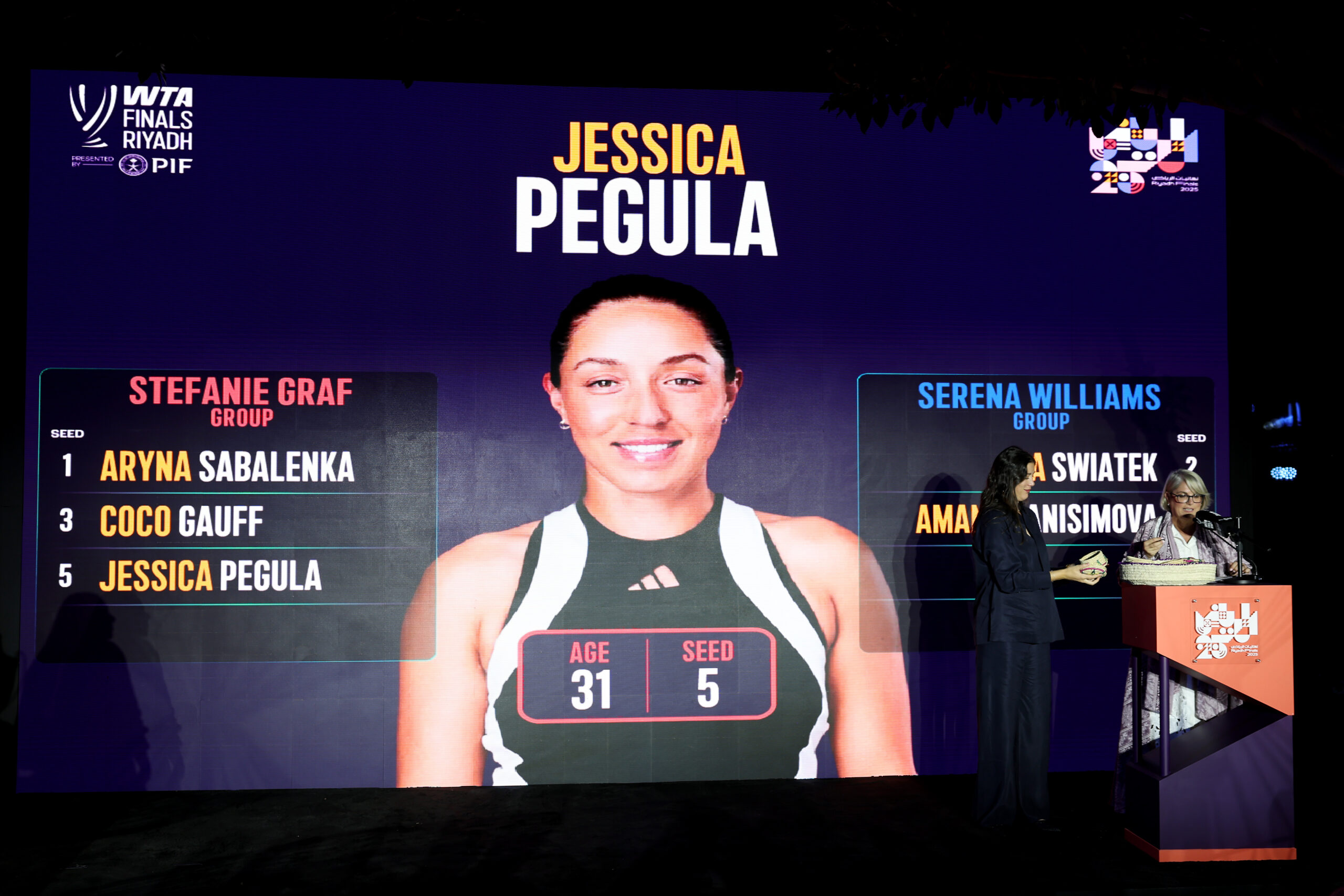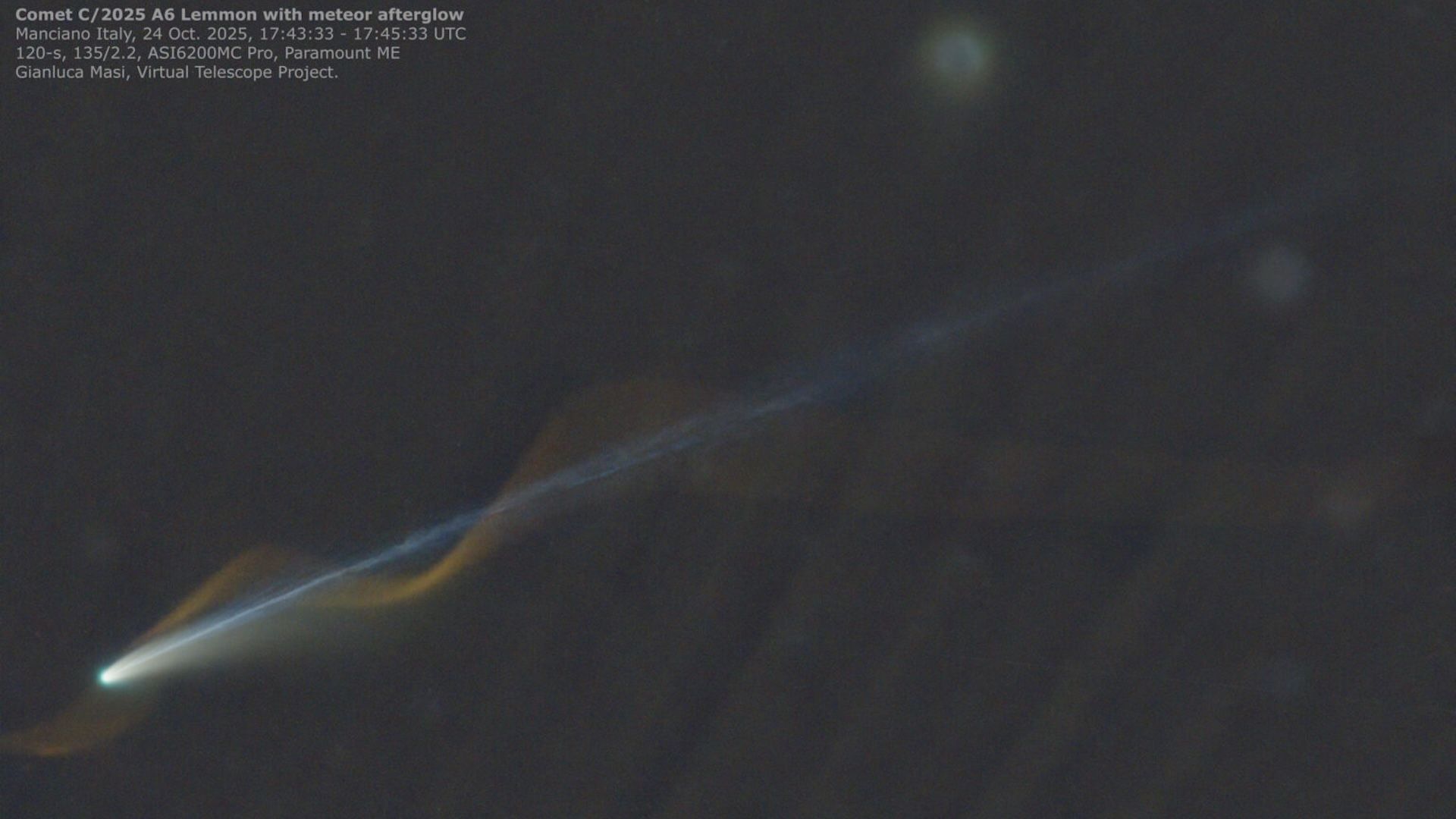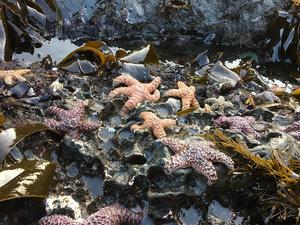Targeted scam emails could be a thing of the past for Surfshark’s One and One-plus bundle subscribers. Surfshark is a VPN company and security tool that’s adding a scam email checker that weeds phishing attacks out of subscribers’ Gmail…
Blog
-
Microsoft’s Copilot can now build apps and automate your job — here’s how it works – VentureBeat
- Microsoft’s Copilot can now build apps and automate your job — here’s how it works VentureBeat
- Microsoft 365 Copilot now enables you to build apps and workflows Microsoft
- Microsoft’s business chatbot can now create apps Axios
- New Microsoft…
Continue Reading
-
Nvidia CEO Praises Trump in MAGA-Themed Speech Ahead of Trade Talks – The Wall Street Journal
- Nvidia CEO Praises Trump in MAGA-Themed Speech Ahead of Trade Talks The Wall Street Journal
- Trump says he will meet Nvidia CEO on Wednesday Reuters
- Nvidia stock nears $200 ahead of Trump’s meeting with Jensen Huang Finbold
- AI tokens surge violently after Trump calls Nvidia CEO ‘amazing’ TheStreet
- Nvidia CEO turns tech conference into celebration of Trump Politico
Continue Reading
-

New method could improve manufacturing of gene-therapy drugs | MIT News
Some of the most expensive drugs currently in use are gene therapies to treat specific diseases, and their high cost limits their availability for those who need them. Part of the reason for the cost is that the manufacturing process yields as much as 90 percent non-active material, and separating out these useless parts is slow, leads to significant losses, and is not well adapted to large-scale production. Separation accounts for almost 70 percent of the total gene therapy manufacturing cost. But now, researchers at MIT’s Department of Chemical Engineering and Center for Biomedical Innovation have found a way to greatly improve that separation process.
The findings are described in the journal ACS Nano, in a paper by MIT Research Scientist Vivekananda Bal, Edward R. Gilliland Professor Richard Braatz, and five others.
“Since 2017, there have been around 10,000 clinical trials of gene therapy drugs,” Bal says. Of those, about 60 percent are based on adeno-associated virus, which is used as a carrier for the modified gene or genes. These viruses consist of a sort of shell structure, known as capsids, that protects the genetic material within, but the production systems used to manufacture these drugs tend to produce large quantities of empty capsids with no genetic material inside.
These empty capsids, which can make up anywhere from half to 90 percent of the yield, are useless therapeutically, and in fact can be counterproductive because they can add to any immune reaction in the patient without providing any benefit. They must be removed prior to the formulation as a part of the manufacturing process. The existing purification processes are not scalable and involve multiple stages, have long processing times, and incur high product losses and high cost.
Separating full from empty capsids is complicated by the fact that in almost every way, they appear nearly identical. “They both have similar structure, the same protein sequences,” Bal says. “They also have similar molecular weight, and similar density.” Given the similarity, it’s extremely challenging to separate them. “How do you come up with a method?”
Most systems presently use a method based on chromatography, in which the mixture passes through a column of absorbent material, and slight differences in the properties can cause them to pass through at different rates, so that they can be separated out. Because the differences are so slight, the process requires multiple rounds of processing, in addition to filtration steps, adding to the time and cost. The method is also inefficient, wasting up to 30 or 40 percent of the product, Bal says. And the resulting product is still only about two-thirds pure, with a third of inactive material remaining.
There is another purification method that is widely used in the small molecule pharmaceutical industry, which uses a preferential crystallization process instead of chromatography, but this method had not been tried for protein purification — specifically, capsid-based drugs — before. Bal decided to try it, since with this method “its operating time is low and the product loss is also very low, and the purity achieved is very, very high because of the high selectivity,” he says. The method separates out empty from full capsids in the solution, as well as separating out cell debris and other useless material, all in one step, without requiring the significant pre-processing and post-processing steps needed by the other methods.
“The time required for purification using the crystallization method is around four hours, compared to that required for the chromatography method, which is about 37 to 40 hours,” he says. “So basically, it is about 10 times more effective in terms of operating time.” This novel method will reduce the cost of gene therapy drugs by five to 10 times, he says.
The method relies on a very slight difference in the electrical potential of the full versus empty capsids. DNA molecules have a slight negative charge, whereas the surface of the capsids has a positive charge. “Because of that, the overall charge density distribution of the full capsids will be different from that of the empty capsids,” he says. That difference leads to a difference in the crystallization rates, which can be used to create conditions that favor the crystallization of the full capsids while leaving the empty ones behind.
Tests proved the effectiveness of the method, which can be easily adapted to large-scale pharmaceutical manufacturing processes, he says. The team has applied for a patent through MIT’s Technology Licensing Office, and is already in discussions with a number of pharmaceutical companies about beginning trials of the system, which could lead to the system becoming commercialized within a couple of years, Bal says.
“They’re basically collaborating,” he says of the companies. “They’re transferring their samples for a trial with our method,” and ultimately the process will either be licensed to a company, or form the basis of a new startup company, he says.
In addition to Bal and Braatz, the research team also included Jacqueline Wolfrum, Paul Barone, Stacy Springs, Anthony Sinskey, and Robert Kotin, all of MIT’s Center for Biomedical Innovation. The work was supported by the Massachusetts Life Sciences Center, Sanofi S.A., Sartorius AG, Artemis Life Sciences, and the U.S. Food and Drug Administration.
Continue Reading
-

Breaking down the 12 group-stage matches in Riyadh
At long last, the WTA Finals is upon us.
A culmination of the 2025 season, the WTA Finals in Riyadh pits the eight best singles players and eight best doubles teams in the world in a round-robin format.
Here’s a refresher…
Continue Reading
-
Seagate forecasts second-quarter results above estimates on AI strength – Reuters
- Seagate forecasts second-quarter results above estimates on AI strength Reuters
- Seagate Earnings Are Imminent; These Most Accurate Analysts Revise Forecasts Ahead Of Earnings Call Benzinga
- Live: Will Seagate (STX) Pop After Q1 Earnings? 24/7 Wall St.
- PREVIEW: Seagate falls ahead of qtrly results TradingView
- Seagate: Fiscal Q1 Earnings Snapshot News-Times
Continue Reading
-

Staying Trim: Zipwake PRO Interceptors Take Trim Control to the Next Level
“The Zipwake system, for me, is a game changer for comfort, fuel economy, and ease of driving the boat,” says Jonas Göthberg, commercial director of Nimbus Boats, as we tested Zipwake on the 30-foot Nimbus W9. “It also keeps the boat…
Continue Reading
-

‘Miracle’ photo captures Comet Lemmon and meteor seemingly entwined over Earth
An astronomer recently aimed his telescope above Manciano, Italy, and caught something incredible: a bright comet seemingly wrapped up in the corkscrewing trail of a meteor, glittering in the same patch of sky like a cosmic barber shop pole.
With…
Continue Reading
-

Leona Lewis talks Adele, Celine and what to expect at Vegas residency
Nineteen years after capturing hearts to win the third season of the U.K.’s “X Factor,” Leona Lewis says now is the perfect time for a Las Vegas residency.
“I’m 20 years deep into my career now. I have enough of a breadth of work to actually…
Continue Reading

